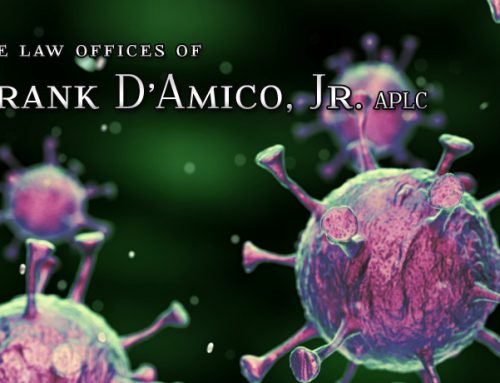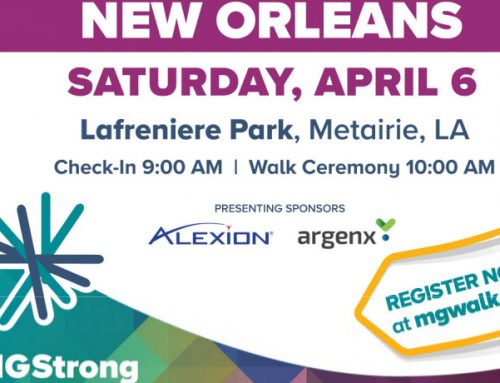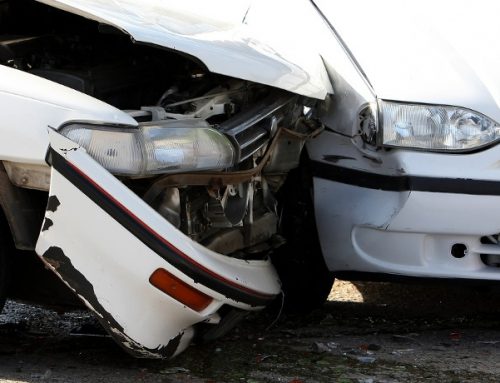 Caution: Back to School Isn’t Just For Kids
Caution: Back to School Isn’t Just For Kids
Newsflash: Schools being back in session affect all of us by bringing heavy congestion to all roads and highways. As if your daily morning commute wasn’t enough, now you have those big yellow school buses picking up students, stressed parents rushing to drop their children off before work, and even kids on bikes hurrying to get to school before that bell rings.
This time of year it is extremely important for drivers to slow down and exercise extreme caution on the roads, especially near school zones before and after school. Here are a few important tips for drivers out on the roads during normal school hours:
Dropping Off Children at School
Most schools often have very specific drop-off procedures in place. Please take time out to ensure that you know them for the safety of all kids. More children are hit by cars near schools than at any other location, according to the National Safe Routes to School program. The following usually apply to all school zones:
- DON’T double park as it blocks visibility for other vehicles and children
- DON’T attempt load or unload children across the street from the school
- DO utilize carpools in order to reduce the number of vehicles at the school
Sharing the Road with School Buses
If you find yourself behind a bus, always allow a greater following distance than if you were driving behind a car. This increased distance will give you more time to stop once the yellow lights begin to flash. Also note that it is illegal in all 50 states to pass a school bus that is stopped to either load or unload children. Never try to pass a bus from behind if it is stopped in order for kids to enter or exit.
- If you see yellow or red lights flashing and the “stop arm” is extended in front of the bus, ALL traffic must stop
- The area 10 feet around a school bus is the most dangerous for children; stop far enough back to allow them space to safely enter and exit the bus
- Always be alert; children tend to ignore hazards and are often unpredictable
Sharing the Road with (Young) Pedestrians
According to research done by the National Safety Council, most children who lose their lives in bus-related accidents are pedestrians ranging from 4-7 years of age. These children are unfortunately either struck by the bus itself, or by a motorist illegally attempting to pass a stopped bus while children are being unloaded. Here are a few suggested precautions aimed toward keeping our young ones safe:
- Never try to pass a vehicle or bus that is stopped for crossing pedestrians
- Don’t block a crosswalk when stopped at a red light or waiting to make a turn. This only forces pedestrians to go around you and could put them in the dangerous path of nearby traffic.
- Always stop and yield to pedestrians crossing the crosswalk or intersection in a school zone when the caution flashers are blinking.
- Always stop for a school patrol officer or crossing guard holding up a stop sign and assisting children in crossing the street or directing bus traffic.
- Try to take extra care to look out for children in school zones, near playgrounds and parks, and in residential areas
- No matter who has the right of way, always use extreme caution to avoid striking pedestrians who may be trying to cross the road or walking near the highway after exiting a bus.
- Even if you do have the right of way, please refrain from honking or reving your engine in attempts to rush or scare young pedestrians. This can cause an involuntary reaction that could result in an accident.
So just remember, simply by exercising a little extra care and caution, both drivers and pedestrians can co-exist safely in school zones. We hope that all of you have a very safe and enjoyable start to the upcoming school year!
This article was written and intended for information purposes only. It is NOT to be considered legal or professional advice regarding injuries or accidents. Please personally contact one of our attorneys for any legal assistance you may need.







